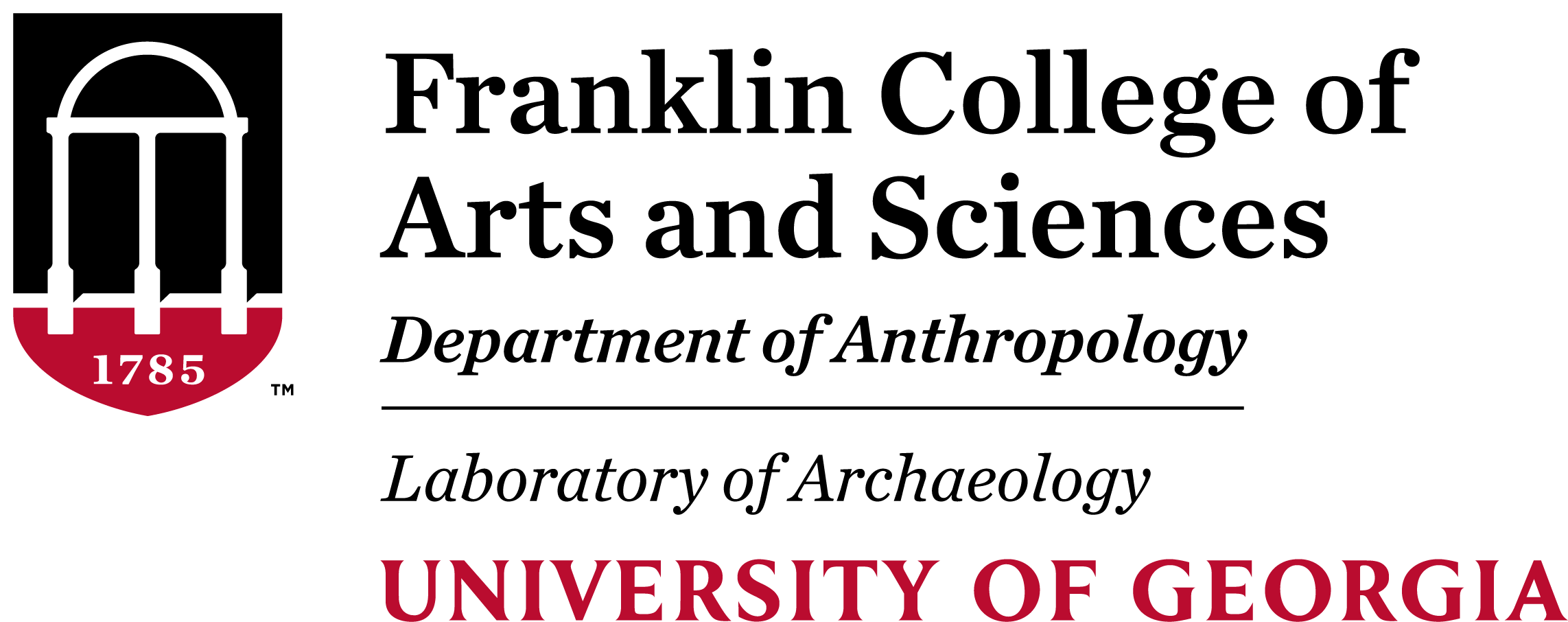The Georgia Department of Transportation (GDOT) intends to widen and improve a 4.99 mile (8 kilometer) length of South Georgia Tech Parkway between United States (US) 19 and State Route (SR) 49 in Sumter County (GDOT P.I. No. 0011438, HP No. GP-140219-001). The corridor of South Georgia Tech Parkway has a design speed of 55 miles per hour (mph) from US 19 to Southerfield segments, which will variably result in the overlaying of existing travel lanes and shoulder widening including 6.5-foot (1.98-meter) paved shoulder widths in the first section, installing three lanes with two auxiliary lanes of full depth pavement construction and urban shoulders including curb and gutter and sidewalk in the second section, installing three lanes of full depth pavement construction with standard rural shoulders including 6.5-foot (1.98-meter) paved shoulder widths in the third section, and realigning the intersection of South Georgia Tech Parkway, US 19, and District Line Road with the installation of a roundabout in the fourth section. Consulting engineering firm Michael Baker Jr., Inc. retained Edwards-Pitman Environmental, Inc. (EPEI) to conduct Phase I investigations in order to locate and evaluate archaeological resources within the project area, defined herein as the area of potential effect (APE). Fieldwork occurred from March 24 through March 28, 2014, and involved visual inspection and systematic shovel testing supplemented by systematic metal detecting. Survey resulted in the identification of two new archaeological sites, one historic cemetery, and further investigation of three previously recorded sites.
The APE corresponds with the extent of required right-of-way (ROW) and construction easements according to plans received from Michael Baker Jr., Inc., in February of 2014. As this project is locally funded, it does not fall under the guidelines for Phase I surveys outlined in GDOT’s Environmental Procedures Manual (EPM), which requires an Expanded Survey Corridor (ESC) of 100 feet beyond the APE; therefore, the project area is restricted to the extent of the APE. The APE encompasses 30.58 acres and is entirely comprised of lands that are GDOT ROW and portions of three lots owned by the Citizens Bank of Americus.
Prior to the commencement of fieldwork, a review of the Georgia Archaeological Site File (GASF) revealed that 14 previously recorded archaeological sites are located within 1 kilometer of the APE. Three of these sites, 9SU15, 9SU16, and 9SU19, appear to have portions of their boundaries within, or are extremely close to, the South Georgia Tech Parkway APE (Table 0.1). Site 9SU15, recommended ineligible for the National Register of Historic Places (NRHP), is a precontact lithic surface scatter of unknown temporal affiliation located just east of Lacross Road with the northernmost boundary of the site lying adjacent to the south side of South Georgia Tech Parkway. Site 9SU16, recommended ineligible for the NRHP, is a very small, precontact lithic scatter of unknown temporal affiliation located off the north side of South Georgia Tech Parkway, west of Bumphead Road, and east of a power line ROW. Site 9SU19, recommended ineligible to the NRHP, is a precontact lithic scatter of unknown temporal affiliation located east of 9SU15 and west of a power line ROW. The site is bisected by South Georgia Tech Parkway. During EPEI’s revisit, close interval (i.e., 10-meter) shovel testing was conducted in the portion of the sites that were located within, or adjacent to, the APE. The EPEI close interval shovel testing of these sites were all negative for cultural remains. Based on this lack of findings, EPEI has determined that the original recommendation that all of these sites, 9SU15, 9SU16, and 9SU19, are ineligible for the NRHP should remain unchanged.
Two newly discovered archaeological sites were located within the APE, 9SU252 and 9SU253. Site 9SU252 is a late nineteenth century to mid-twentieth century historic house site associated with a larger farmstead. Site 9SU253 is a precontact lithic scatter dating from the Paleoindian period, with a Late Archaic/Early Woodland component. This site also contains a few late nineteenth through mid-twentieth century historic artifacts. Both of these sites were not fully delineated due to survey limits and overall site NRHP eligibility remains unknown. Based on survey results, the APE portions of these two sites are recommended non-contributing to site eligibility under Criterion D, due to poor site integrity and lack of information potential. Survey also resulted in the recordation of the mid-nineteenth century Hewett Family Cemetery, 9SU254, which is located outside the APE and will not be impacted. A summary of site components and eligibility recommendations is provided in the table below.
